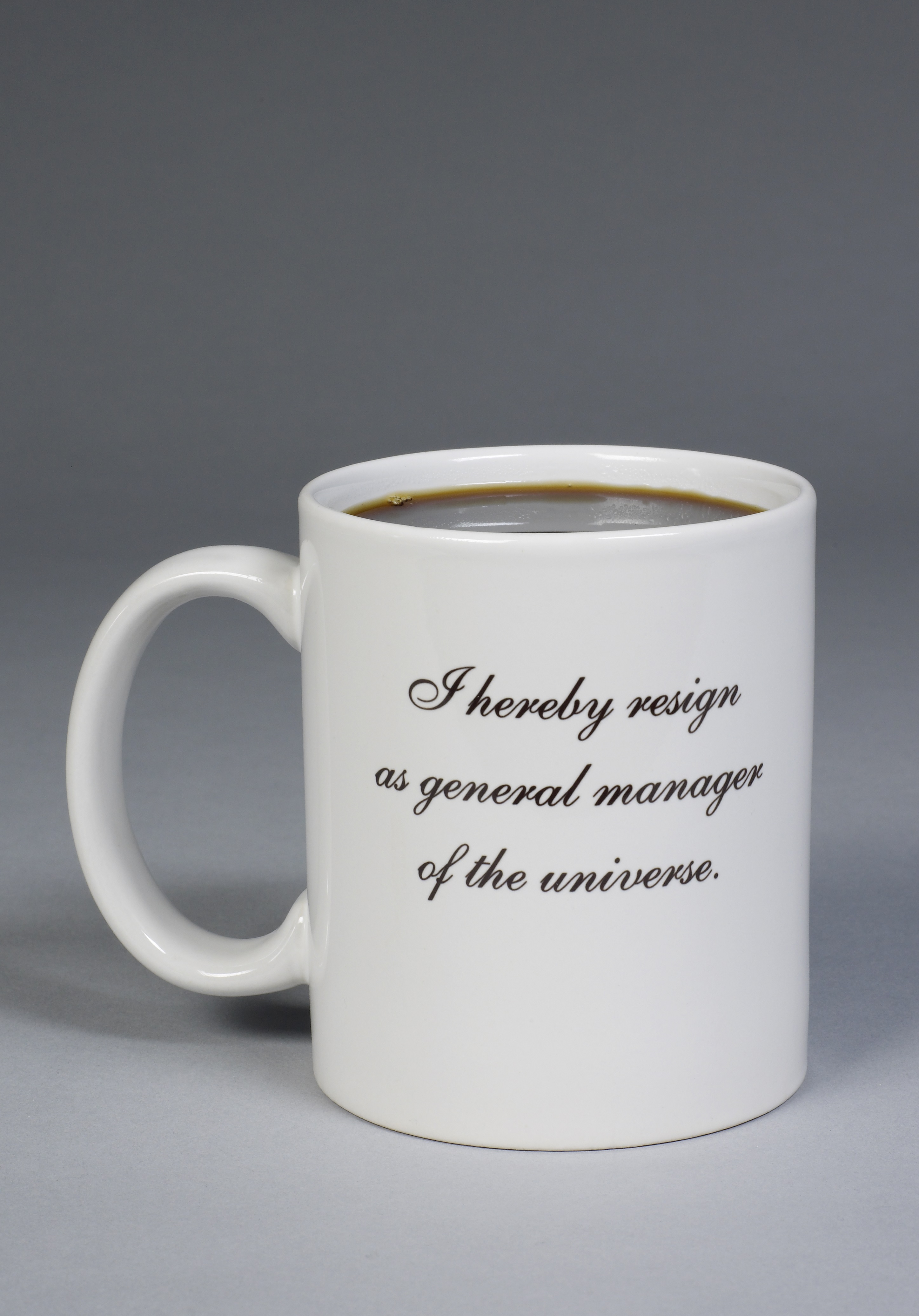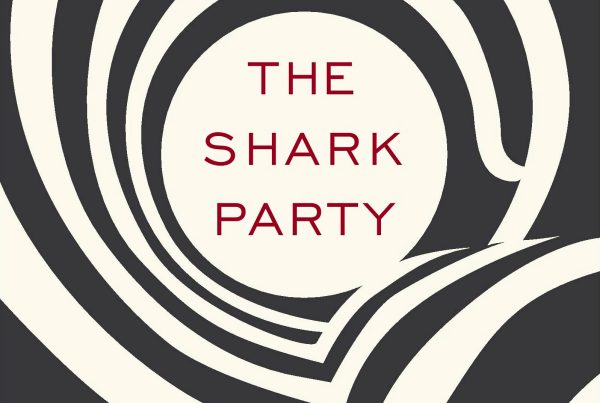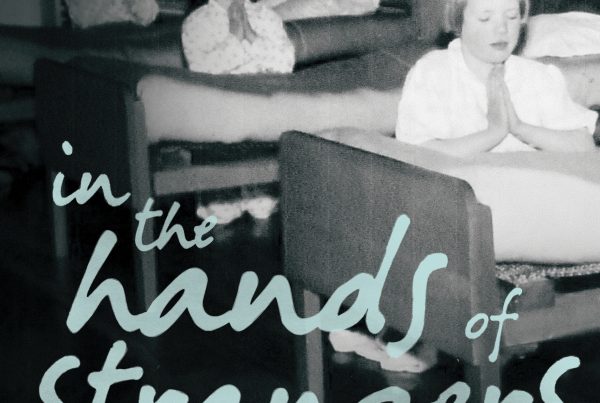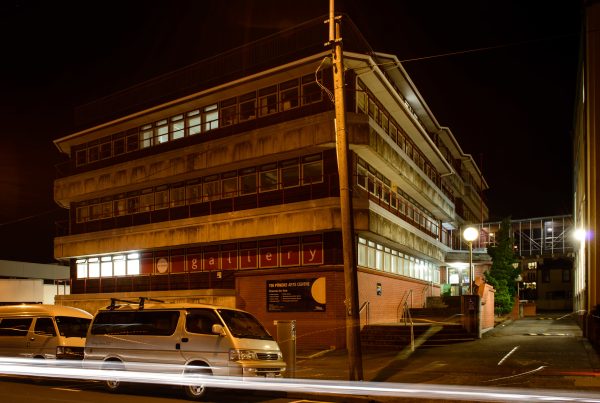
In the last few years of Savage’s directorship, the programme was, sadly, pretty dull — a sense of the contemporary all but absent. The same old names of New Zealand artists seemed to appear and reappear. It was difficult to feel excited about it — although this was not to be admitted when talking to critical Aucklanders.
Then came Elizabeth Caldwell, the new director. For about 18 months the gallery seemed to tread water as programme commitments played out. But at the start of 2014, curator Robert Leonard arrived.
Leonard has worked in all the major public galleries in New Zealand, and since leaving in 2005 has been director at the Institute of Modern Art (IMA) in Brisbane. Describing himself as a ‘promiscuous collaborator’, his influence is already visible — first with the Simon Starling exhibition, then the Viviane Sassen and Chris Marker exhibitions, and now with the Grant Stevens exhibition, all events that have come from, or been toured in collaboration with, the IMA. And why not? In these financially cramped times it makes sense for an institution like City Gallery to work with an Australian counterpart. And finally, it gives us some contemporary art to spin our brains.
I’m ashamed to admit I hadn’t heard of Grant Stevens, but I was excited by What We Had Was Real. The exhibition (on until 7 September) includes three large digital works, a film and two photographic works. It’s all worth looking at but Supermassive (2013) was my favourite.
Constellations of white text float and reconfigure across four large black screens. Word themes morph from disasters to Indian food, to sins, drugs, the elements, names of celebrities, movie genres, etc. A drone of something thrums away in the background. Constellations move towards the viewer and retreat again, with new ones taking their place.
It reminds me of the paintings of John Hurrell in the 1980s. They’re static, of course, but there is the same sense of the vast external world. What Stevens adds to this with digital technology is the idea that the universe converges with our own vast internal world. We have generated this massive mind map/cloudscape/night sky of words, Stevens seems to say. It’s what the Internet might look like from space: all of our thoughts and knowledge, banal or otherwise, organised by Google into search categories and set free.
[info]September Art
A work by South African artist William Kentridge opens at City Gallery Wellington on 6 September. The Refusal of Time is a 30-minute, five-channel video installation shown on five large screens that appears to be powered by a pumping, breathing, accordion-like sculpture known as ‘The Elephant’. It was created in 2012 for Documenta 13, the more interesting equivalent of the Venice Biennale. Don’t miss this opportunity to see a major work by this important artist.[/info]




